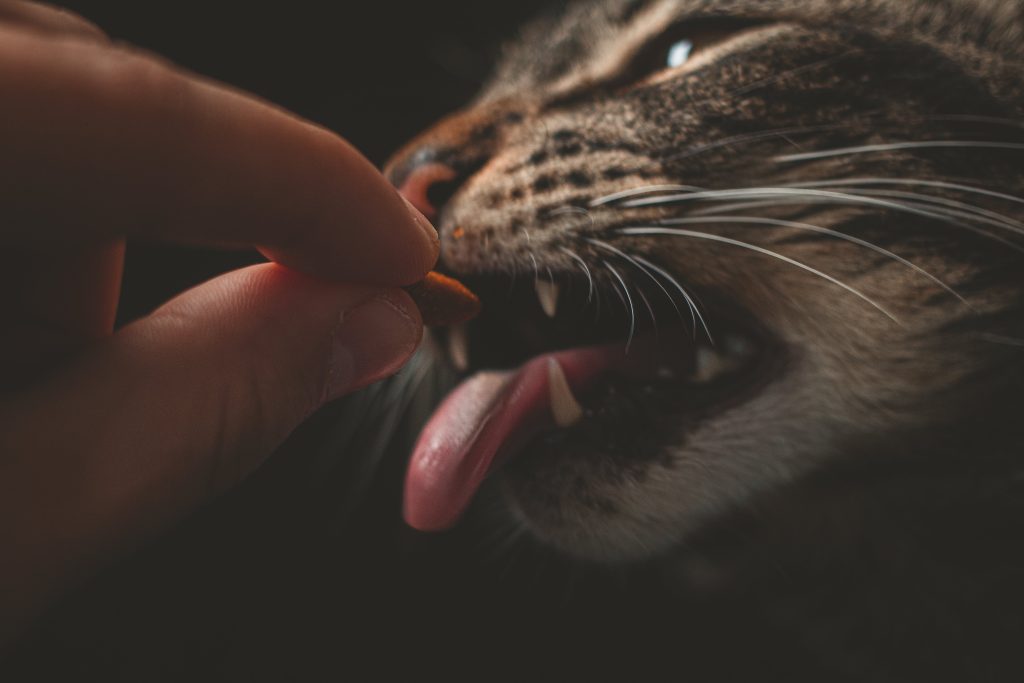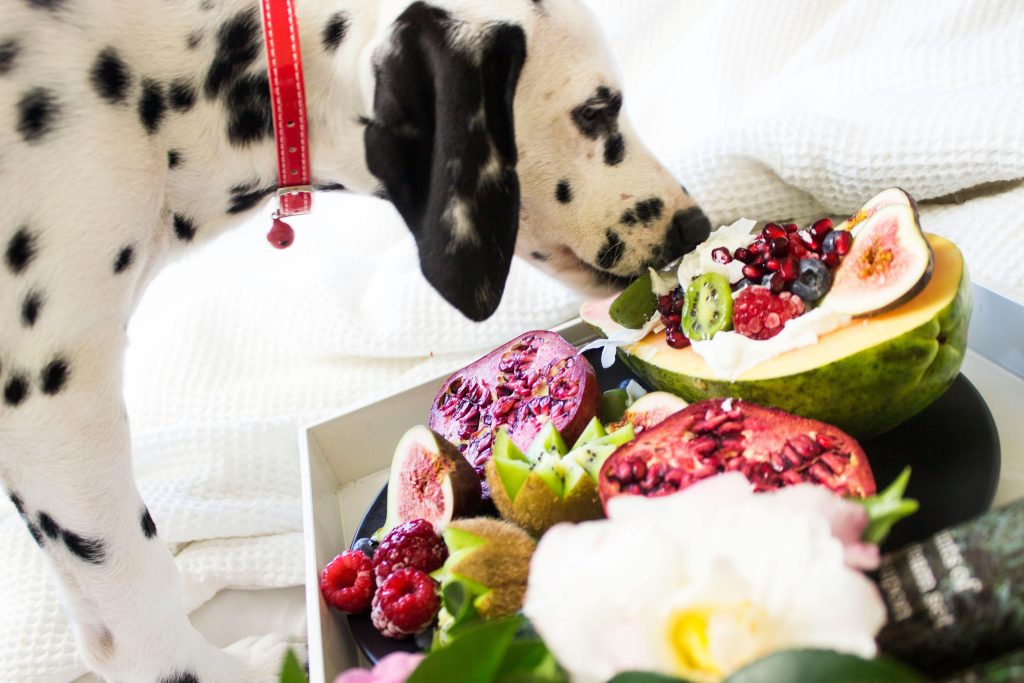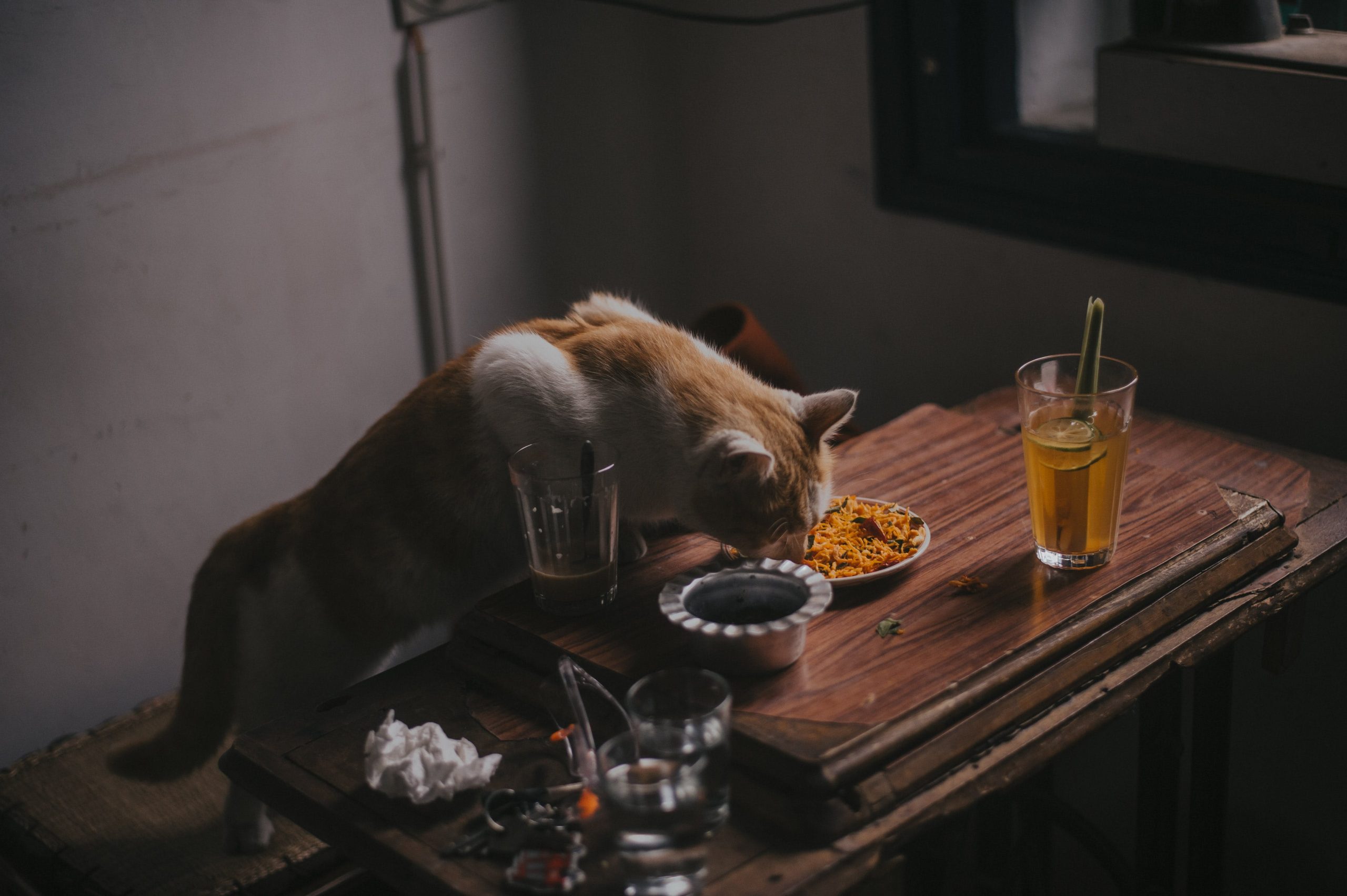Generally, animal food means the food is used for the animal purpose. Our domestic animals cats, dogs, rabbits, and any other animal are living by which food that’s called animal food.
“Animal food” typically refers to food that is specifically formulated and intended for consumption by animals, rather than humans. This category encompasses a wide range of products designed to meet the nutritional needs of various animals, including pets, livestock, poultry, and aquatic animals.
The composition of animal food varies depending on the type of animal and its nutritional requirements. For example, pet food is formulated to provide the essential nutrients that dogs, cats, or other companion animals need for optimal health. Livestock feed is designed to meet the nutritional needs of animals raised for meat, milk, or other agricultural purposes.

Animal food may come in the form of dry kibble, canned wet food, treats, or specialized diets for specific health conditions. The ingredients often include a balance of proteins, carbohydrates, fats, vitamins, and minerals to support the overall well-being of the animal. Let’s see more…
It’s important to choose the appropriate type of animal food for a particular species and to follow recommended feeding guidelines to ensure the health and proper development of the animal. Additionally, some animals have specific dietary requirements, and their food may be tailored to meet those needs. Now we will know about various types of food.
Types of animal food :
There are various types of animal food designed to meet the specific nutritional needs of different animals. Many kinds of animal food are known as different name like pet food, livestock feed, poultry feed, aquatic animal feed and specialized dietsand small mammal and exotic pet food. Here are some common types:
- Pet Food:
- Dry Kibble: A popular and convenient form of pet food that is easy to store and has a longer shelf life.
- Canned/Wet Food: Typically contains higher moisture content and can be more palatable for some pets.
- Raw or Fresh Food: Some pet owners choose to feed their pets raw or fresh food diets, often consisting of raw meat, bones, and vegetables.
- Livestock Feed:
- Grain-Based Feeds: Common for animals like cattle, sheep, and goats.
- Forage: Includes hay, silage, and pasture, which are important for herbivores like horses and cows.
- Concentrates: High-energy feeds for animals with increased nutritional demands, often containing grains and protein supplements.

- Poultry Feed:
- Layer Feed: Specifically formulated for laying hens to support egg production.
- Broiler Feed: Designed for chickens raised for meat production.
- Starter, Grower, and Finisher Feeds: Different formulations for various stages of poultry development.
- Aquatic Animal Feed:
- Fish Food: Formulated for specific species and stages of development.
- Crustacean Feed: Designed for animals like shrimp and crayfish in aquaculture.
- Specialized Diets:
- Prescription Diets: Formulated for animals with specific health conditions, prescribed by veterinarians.
- Senior Diets: Tailored for older animals with different nutritional requirements.
- Weight Management Diets: Designed for animals with weight control needs.
- Small Mammal and Exotic Pet Food:
- Rabbit Food: Formulated for the dietary needs of rabbits.
- Guinea Pig Food: Specific diets for guinea pigs.
- Reptile and Amphibian Food: Varied diets depending on the species.
These are just a few examples, and the variety of animal food is extensive, catering to the diverse nutritional needs of different animals. It’s important to choose the appropriate type of food for the species, age, and health status of the animal and to follow feeding guidelines provided by veterinarians or animal nutritionists.

Leave a Reply